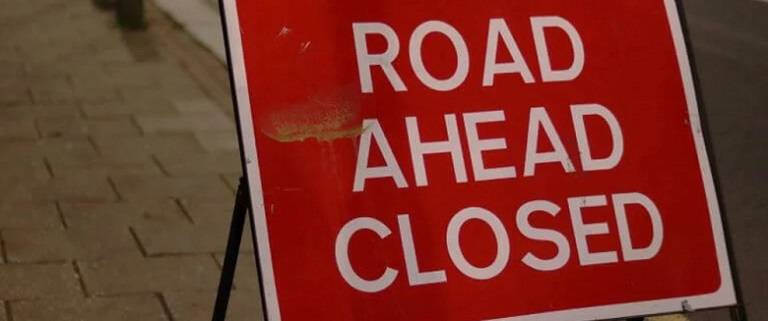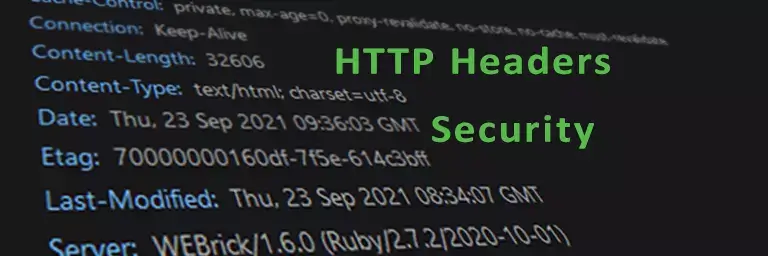A robots.txt file is a small but important part of a website. It is a plain text file that is placed in the root directory of a website and is used to communicate with search engine crawlers, telling them which pages or sections of a site should or should not be indexed.
TLDR
Use the online robots.txt validator to make sure your robots.txt is well formatted and has no security risk.
Use free online robots.txt validator to check your robots.txt
Try it Now!The robots.txt file is a set of instructions that tell web crawlers which parts of a website they are allowed to access. These web crawlers are automated programs that scan websites to gather information about the pages and content on a site. While these crawlers can help index a website and make it more visible in search engine results, they can also consume a lot of server resources and bandwidth if they are not properly managed. Not every robot out there is good. That’s why having a properly written robots.txt file is very important.
The structure of a robots.txt file is relatively simple but it is also hard to debug and make sure it’s working as expected. But with our new online tool for validating robots.txt it’s easy to create one.
You can simply copy and paste your robots.txt contents into this tool and check possible errors. Then you can easily fix the problems with recommendations provided for each issue.
Security Issues in Robots.txt
There’s a misunderstanding that a robots.txt file can be used for protecting sensitive files on a website. That’s why many websites disclose valuable information to hackers. One benefit of our online robots.txt checker is that it can also check for security-related problems in robots.txt.
The online robots.txt validator can detect up to 19 problems. In the following, we explain some common security vulnerabilities that can be found in a robots.txt file.
File Disclosure in Disallow
It happens when you add a disallow record with a full file path. The robots.txt is a voluntary mechanism. It’s not sufficient to guarantee some robots will not visit restricted URLs. In fact, malicious users can use robots.txt to find out the resources you are trying to hide; like a login page.
How to Fix
You should not use the disallow rule for protecting files. Following are some alternatives:
- Use strong authentication: For sensitive resources on your website you must use strong authentication and access control mechanisms.
- You don’t need to disallow at all: If the file in the
disallowrule is not linked to your website, you don’t need a disallow for it. - Use
noindexmeta tag: If you only want to prevent search engines from indexing your URL, you can use thenoindexruleset.noindexis a rule set with either a<meta>tag or HTTP response header and is used to prevent indexing content by search engines that support thenoindexrule, such as Google. - Use pattern: Instead of revealing the full path, use patterns in the disallow rule. for example, use
disallow: /*.phpto exclude all php file
Directory Disclosure in Disallow
Revealing directories like /admin/ in the disallow rule gives hackers a clue to start digging in that directory.
How to Prevent
In addition to the above recommendations, you should make sure directory listing is disabled on your website.
Possible Path Disclosure in Allow
By revealing URLs in the allow rule, you disclose resources to malicious users. You must make sure these URLs are not sensitive.
How to Avoid
- Make sure you’re not revealing any sensitive resources.
- Make sure revealed folders do not display a directory listing.
A robots.txt file is a vital aspect of website management and by properly configuring it, website owners can protect sensitive information and ensure that their site is effectively managed.
Go ahead and test your robots.txt now.



